What comes to your mind when you picture Korean food?
I bet it’s all steamy stews, smoky BBQ, and a whole table filled with little side dishes, right?
But beneath all the spices and excitement lies a gentler, sweet side to explore — the enchanting world of traditional Korean sweets.
These beautifully crafted desserts are more than just treats. They embody a significant part of Korea’s rich cultural heritage. Take rice cakes, for instance; while they offer a delightful chewiness, they also represent unity during Chuseok.
And those luscious, honey-soaked cookies? They’re simply irresistible. Once upon a time, only royalty got a taste of those. Every dessert represents something way past its flavor. You can imagine it as tradition and community, all wrapped up in a sweet bite.
In this article, we’ll explore some of the most beloved Korean desserts and discover not only what they taste like but also the cultural meaning behind them.
Songpyeon – Half-Moon shaped Rice Cakes
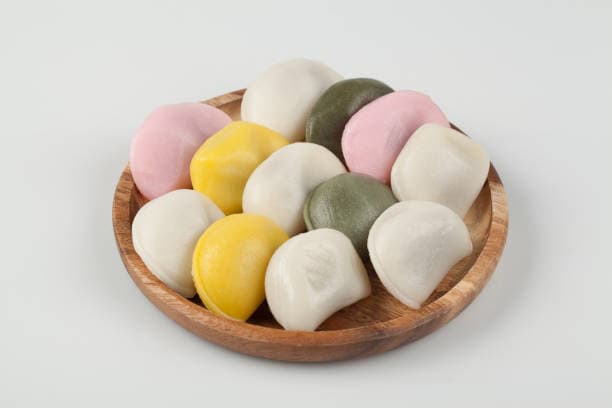
Songpyeon, these little half-moon rice cakes basically scream “Chuseok.” You can see them everywhere during the harvest festival, and honestly, if you haven’t tried one, you’re missing out.
They’re soft, a bit chewy, totally addictive—and the fillings? It could be anything from sweetened sesame seeds to chestnut bits or red bean paste.
What’s wild is they get steamed on a bed of pine needles, so they end up smelling all earthy and woodsy, which works weirdly well with the sweet stuff inside.
Families usually crowd in the kitchen, laughing, bickering over shapes, sneaking bites. Somehow, eating Songpyeon feels bigger than dessert. It’s like biting into a piece of tradition and luck—sort of a sweet little nod to the harvest and some good fortune on the side.
Patbingsu – Shaved Ice with Sweet Red Beans
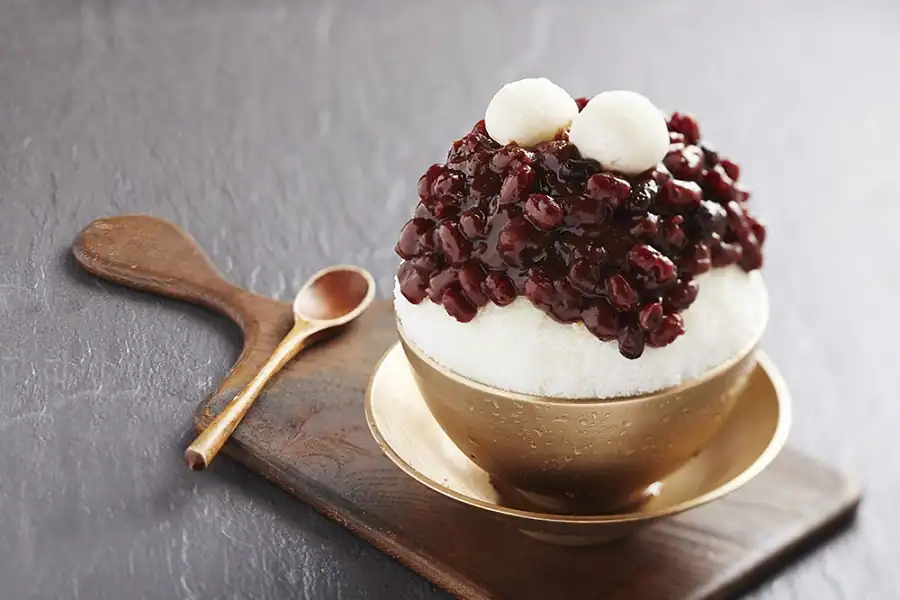
Patbingsu is a total summer lifesaver. It is a towering mound of shaved ice covered with red sweet bean, fresh fruit, sweetened condensed milk, and chewy little rice cakes. The whole thing just melts in your mouth, giving out little bursts of flavor in every bite.
Used to be a royal treat, now it’s at every cafe in Seoul. Honestly, it’s like Korea’s answer to ice cream but with beans.
Injeolmi – Coated Rice Cakes
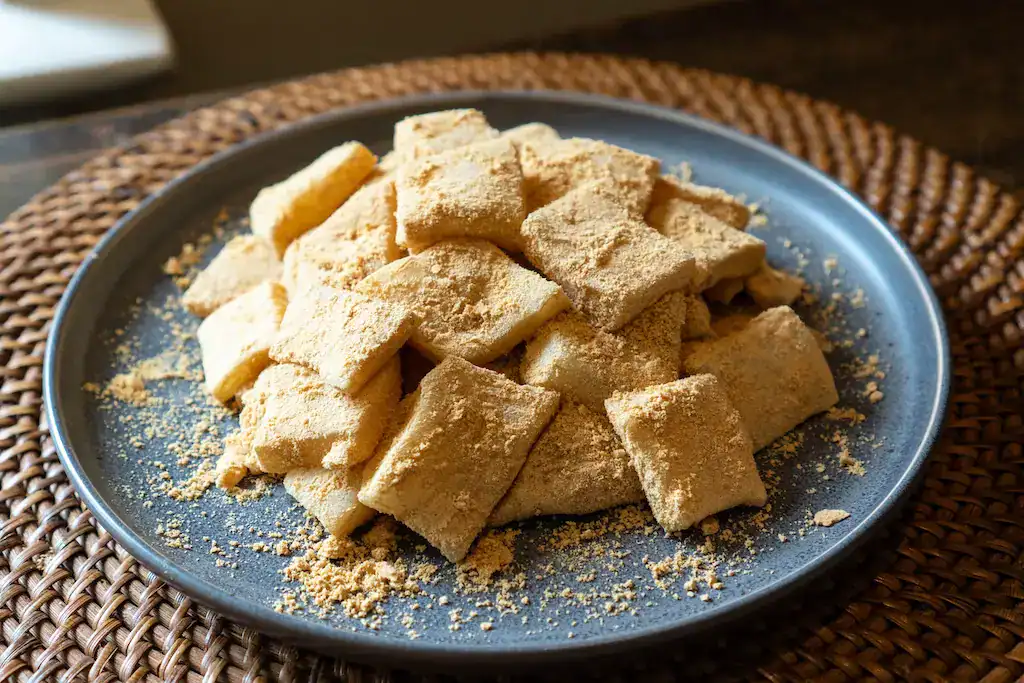
If you’re into that satisfyingly chewy vibe—like, teeth sinking in and your brain going, “Yup, that’s the stuff”—then this snack’s basically calling your name.
It’s just glutinous rice, but don’t let that fool you. They roll it in roasted soybean powder, which sounds kinda plain, but trust me, it’s got this crazy nutty flavor and a low-key sweetness that sneaks up on you. Bite in, and it’s all soft and springy—almost like a pillow, but edible and tastier.
People serve this at birthdays and big family gatherings. It is a way of wishing everyone good health.
It may look simple, but it is not easy to make. You mess up the texture, and it’s game over. Nailing that perfect chew is some serious Korean dessert wizardry right there.
Gangjeong – Crispy Rice Snacks
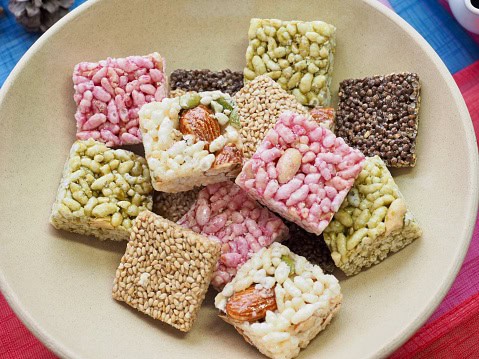
Gangjeong is basically the OG Korean party snack. This sweet slab of joy is made by mixing puffed rice, honey, nuts, and seeds. It has a subtle, nutty, and sweet flavor, which is perfect for the winter season.
People enjoy these during holidays like Seollal, which allows them to connect with their heritage. These sweet, nutty slabs are a symbol of joy and abundance.
Baekseolgi – Steamed White Rice Cake
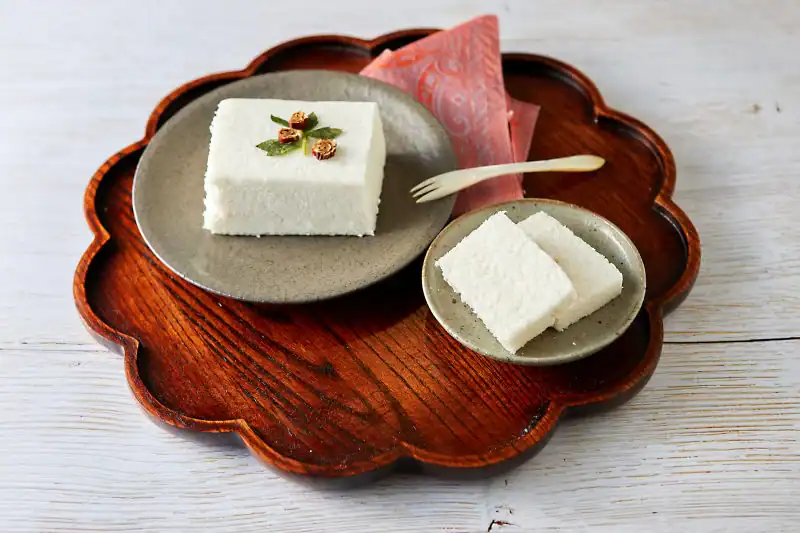
Baekseolgi might seem like a boring white rice cake at first, but don’t be fooled by its looks. There is a slight elegance about it—super soft, fluff, and lightly sweet. Eating it feels like a hug from the inside out.
Koreans serve this one for birthdays and all sorts of ceremonies. It’s kind of like the edible equivalent of a fresh start, purity, and peace. Proof that sometimes the simplest food carries the deepest meaning.
Yakgwa – Honey Cookies
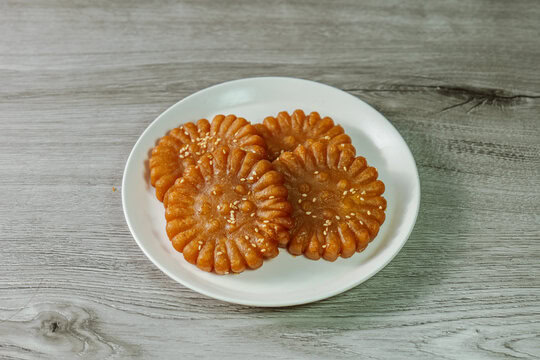
These cookies are basically edible golden flowers, deep-fried and drenched in honey.
And the flavor? Each bite has a blast of sesame oil and ginger. Crunchy outside, soft and sticky inside; these morsels are dessert royalty.
Originally made only for the royal people at important ceremonies, they are now a modern-day fancy delight for special occasions. You will find them at weddings and holidays. These represent wealth, luck, and happiness.
Dasik – Pressed Tea Cookies
Dasik are tiny, adorable cookies that you almost feel bad eating because they’re so pretty. You get these little molded shapes—flowers, birds, sometimes just funky patterns—pressed out of bean or grain powder mixed with honey.
Texture-wise, it’s smooth but not crumbly, and the sweetness is super mellow, just enough to balance out the sharpness of a good Korean tea.
You may see these during a traditional Korean wedding or a first birthday. Honestly, Dasik isn’t just a cookie; it’s a flex. It’s the dessert version of putting on your nicest clothes for a tea party; classy, but in a bite-sized way.
Sikhye – Sweet Rice Drink

Sikhye is one of those drinks you don’t realize you need until someone hands you a cold glass after a heavy meal. It’s a sweet, mellow rice drink. Made from fermented malt and cooked rice, it is often served as a dessert. Little grains of rice will be floating around, giving you something to chew on while you drink. It provides a feeling of refreshment, particularly after consuming spicy food.
This drink is believed to bring abundance and happiness. You will find this at weddings and traditional holidays like Seollal and Chuseok.
Korean traditional sweets are so much more than simply wonderful candies — they’re like miniature windows into Korea’s high past and values. Every sweet, from dasik to the golden syrupy yakgwa, is imbued with centuries of meaning. They are tied up with rituals and shared experiences. When you visit korea, don’t forget to try these desserts at least once. You will experience the sweet side of the Korean cuisine.

Written by – Aparna Sharma
About the Author –
Aparna has a deep curiosity for languages and global cultures. She enjoys diving into stories that offer fresh perspectives and meaningful connections. For her, writing is a way to process ideas and connect with others who share similar interests.
